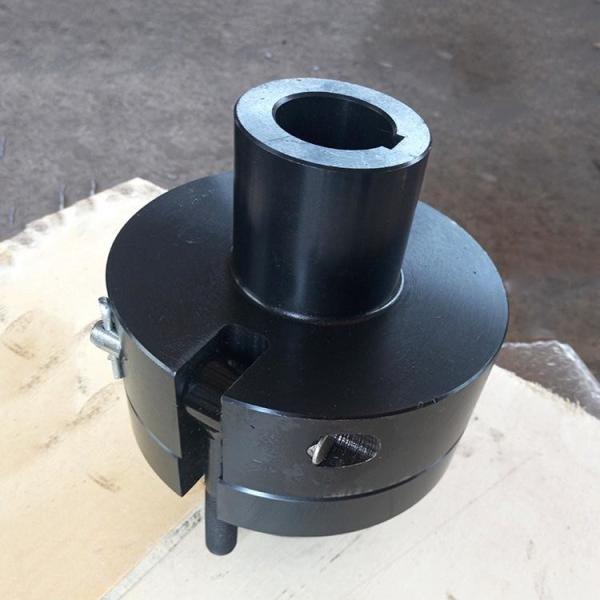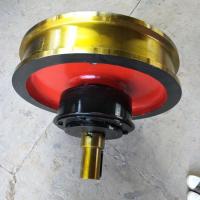Safe Reliable Crane Coupling With Sufficient Strength And Service
Life
Crane Coupling Introduction:
Crane coupling is a part that transmits torque between the driving
shaft and the driven shaft. Usually, the power mechanism needs to
be connected to the working machine through a coupling. In addition
to the general torque transmission function, some crane couplings
with high performance requirements also have the functions of
buffering and vibration reduction.
When the crane is in operation, each component will be subjected to
force, and under the action of force, it is easy to deform,
especially the bridge part. Once the bridge frame is deformed, it
will directly affect the journey operation of the cart running
mechanism. When the main beam is in a deformed state, in order to
ensure that the operating mechanisms of various parts of the crane
can still operate normally, and to compensate for the errors in the
crane manufacturing and installation process, the crane is
generally equipped with a compensating coupling. This type of
coupling includes Oldham coupling, gear coupling, etc.
Classification of Crane Couplings:
1. Crane cross coupling
The Oldham coupling is generally installed between the low-speed
shaft end of the reducer and the wheel. It has the advantages of
simple structure and large transmission torque, and it is more
demanding on the installation accuracy. After using for a period of
time, it is necessary to add lubricating oil to the sliding surface
corresponding to the Oldham coupling.
2. Crane gear coupling
Gear coupling is a widely used compensation coupling. Gear
couplings can be divided into full-tooth couplings and half-tooth
couplings according to different structures. The advantages of this
coupling are small size, large transmission torque, and can
effectively compensate for the offset at both ends of the
connecting shaft. However, the cost of this type of coupling is
often high, the manufacturing process is complex, and the
installation accuracy is high.
Crane Couplings Performance Requirements:
According to different working conditions, the coupling needs to
have the following properties:
(1) Portability. The mobility of the coupling refers to the ability
to compensate for the relative displacement of the two rotating
components. Factors such as manufacturing and installation errors
between connected components, temperature changes during operation,
and deformation under load all place requirements on portability.
Movable performance compensates or relieves additional loads
between shafts, bearings, couplings and other components due to
relative displacement between rotating components.
(2) Buffering. For occasions where frequent load starts or working
load changes, the coupling needs to have elastic elements for
buffering and vibration damping to protect the prime mover and the
working machine from being damaged or not damaged.
(3) Safe, reliable, with sufficient strength and service life.
(4) Simple structure, convenient assembly and disassembly and
maintenance.
Crane Coupling Photo:











